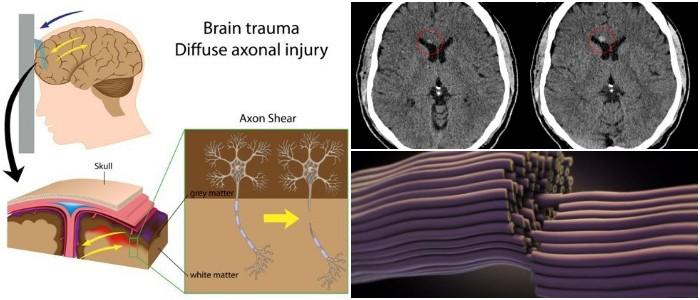Is a rare form of abdominal wall hernia, which is very difficult to diagnose.
Those who are familiar with the concept of hernias are aware that such conditions’ main defining feature is the protrusion of an organ or tissues outside their rightful place in the body.
However, Lumbar Hernia is a condition so rare that, unlike most types of hernias, there is little information about it.
What most experts agree on is that Lumbar Hernia consists of the protrusion of peritoneal content through an opening in the posterolateral abdominal wall.
The peritoneum is a thin, yet solid membrane made up of several layers, of which two are the most important.
Those two layers are the Omentum, which is in front of the stomach and intestine; and the Mesentery, which attaches the small bowel and much of the colon to the posterior abdominal cavity.
This membrane lines the abdominal cavity while surrounding and supporting several organs.
But in some cases, Lumbar Hernia can also apply to the displacement of organs from the extraperitoneal space (the portion of the abdomen and pelvis not lined up with within the peritoneum).
This condition is more likely to affect male patients aged between 50 and 70 years. But sometimes doctors find the odd cases of both women and infants suffering from a Lumbar Hernia.
Lumbar Hernia Causes
A Lumbar Hernia can be either a congenital condition or the result of trauma to the back or abdomen. However, in most cases, lumbar hernias are the result of old age.
Several medical experts state that a Lumbar Hernia develops over time due to a weakness of the abdomen wall and loss of muscle and fatty tissue.
More often than not, such issues are inherent to aging, illness, or trauma. While in some cases, they may also occur as complications of back surgery.
The common site for this condition to happen is the Superior Lumbar Triangle, also known as Grynfeltt-Lesshaft Triangle.
A triangle formed by the Quadratus Lumborum and the Internal Abdominal Oblique muscles along with the 12th rib, which becomes a weak spot thanks to all the factors mentioned here.
When an abdominal hernia develops toward the back of the abdomen wall, it can protrude through the Superior Lumbar Triangle, and that causes Lumbar Hernia.
Symptoms
When the condition turns out to be uncomplicated, it might be asymptomatic, meaning the patient will rarely display any sign of a hernia.
But if the person who suffers from a Lumbar Hernia were to display symptoms, they would be a bulge or knot under the skin and a feeling of heaviness or achiness in the lower back.
But in the case of this condition becoming a more complicated issue due to external or internal factors, then the Lumbar Hernia causes more severe symptoms including abdominal cramping, bowel obstruction, and an irreducible hernia bulge.
While some people could list potential symptoms, such signs vary so much that they could confuse most doctors as they’re pretty similar to other different conditions.
Also, just like some medical experts point out, Lumbar Hernias can and will grow larger if left untreated.
Diagnosis
Given the rarity of this condition, medical experts find it difficult to diagnose a Lumbar Hernia accurately.
This situation may lead to delayed treatments, which could have potentially deadly results for the patient.
Some doctors could misdiagnose it as a lipoma (a non-cancerous growth made of fatty tissue). So, one of the methods used by medical experts in these case is the differential diagnosis.
A doctor may need to make a careful physical examination; through this method, they can differentiate a Lumbar Hernia from a Lipoma, because these fatty masses are usually soft and mobile, and they’re not attached to the muscle layer.
Then, healthcare providers can use computed tomography (CT) or a magnetic resonance imaging (MRI) scan to confirm the presence of a Lumbar Hernia.
Treatment of Lumbar Hernia
The approach that medical experts might take will depend on the size of the bulge.
The only efficient way to treat a Lumbar Hernia is through surgical procedures because these hernias are prone to incarceration and strangulation.
Also, the gradual increase in size could make it more difficult to treat, which means that healthcare providers will have to work as quickly as possible to fix the issue.
Doctors can use the laparoscopic transabdominal or extraperitoneal techniques. In other cases, they may repair a Lumbar Hernia by using a synthetic mesh.




